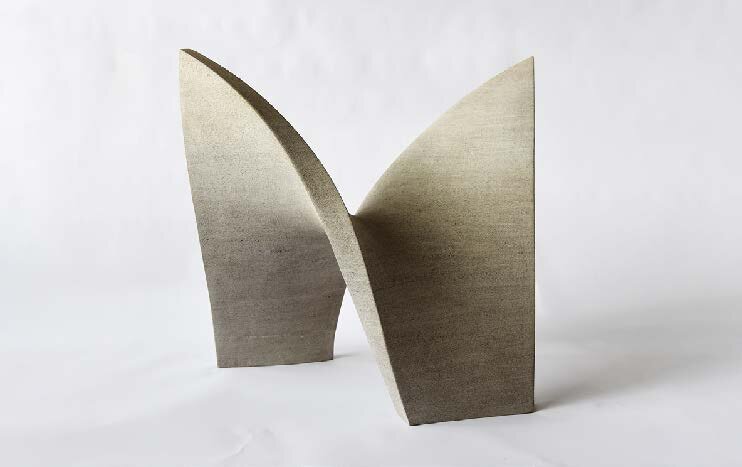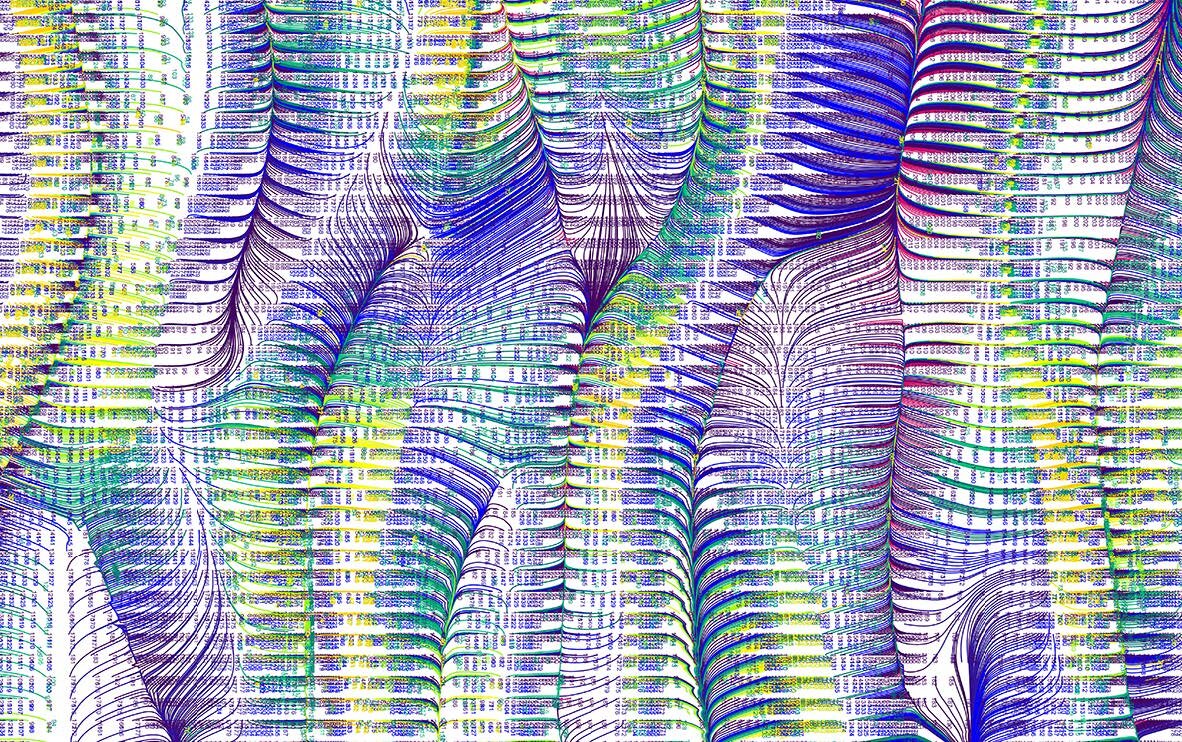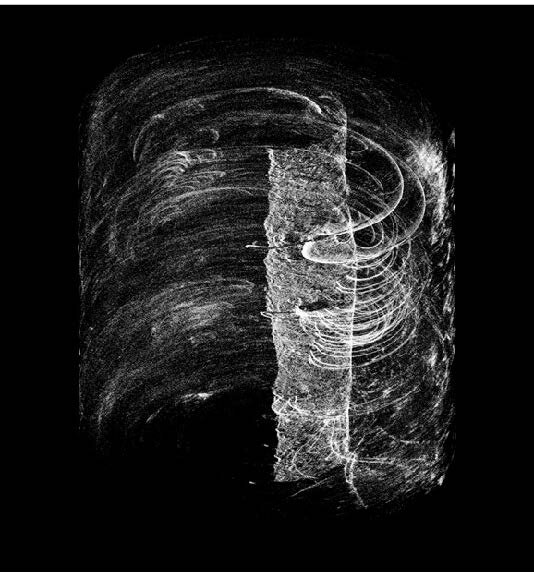void setup(){ Midpoint }
At this stage each iteration led to a cyclical movement of user interaction from passive states to active and generative states.
Passive
Image & text
Active
Sketch interface
Generative
Interface stills used for new poster forms
Active
Posters made into interactive sketches
This progression involved the manipulation of image and text to generate new hybrid forms through user interactions. But what elements were unique to the computational design process I was using?
REFERENCES 2
Matt Pearson
Generative Art
2011
To be able to call a methodology generative, our first hard-and-fast rule needs to be that autonomy must be involved. The artist creates ground rules and formulae, usually including random or semi-random elements, and then kicks off an autonomous process to create the artwork. The system can’t be entirely under the control of the artist, or the only generative element is the artist herself.
The second hard-and-fast rule therefore is there must be a degree of unpredictability. It must be possible for the artist to be as surprised by the outcome as anyone else.
Bruno Latour
Visualisation and Cognition: Drawing Things Together
1986
Since these inscriptions are mobile, flat, reproducible, still and of varying scales, they can be reshuffled and recombined.
Most of what we call “structure”, “pattern”, “theory”, and “abstraction” are consequences of these superimpositions (Bertin, 1973).
DESIGNING THE COMPUTATIONAL IMAGE
IMAGINING COMPUTATIONAL DESIGN
Sep 23-Nov 12, 2017
Miller Gallery at Carnegie Mellon University
Curated by Daniel Cardoso Llach
…the pieces on display show how computational methods have been used to create new types of engagement with audience —where time, motion, and participation become themselves devices of aesthetic expression.

BairBalliet / Kelly Bair & Kristy Balliet (Production Team: Yosphine Ang, Chao Chen), G.L.O. / Graphic Line Object 2017, Drawn models

Joseph Choma, Untitled, Robotically carved Indiana Limestone (29” x 19” x 15”), 2016

Dana Cupkova, Indeterminate Set 003. Design and Production team: Maranatha Dawkins, Collen Clifford, 2017

Ben Snell, Untitled, Two photographs 2017.
Tim Ingold
Lines: A brief history
2007
The player is no more an operator of her instrument than is the singer an operator of her voice. And just as violin playing differs in this regard from playing the organ, so handwriting differs from typing. The difference lies not in the degree to which a technology has been interiorized, but in the extent to which musical or graphic forms issue directly from the energetic and experiencing human subject - that is, from the player or writer - rather than being related, by operational principles embedded in the instrument, as output to input.
NEW FOCUS
Computational design
leads to unexpected
& hybrid forms through
an iterative process.
Within this liminal space, can these hybrid forms be used to communicate information or experiences in new ways?
Can they generate new kinds of interfaces through unpredictability?
Constraints & Freedoms
Constraints
Processing
Digital poster layout
Use GCD elements - type, images, video
Must include an algorithmic aspect
Freedoms
2D or 3D
Include motion, sound
Level of interaction & understanding
Level of abstraction
Output
